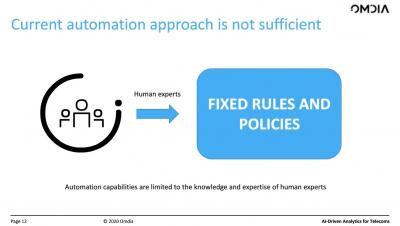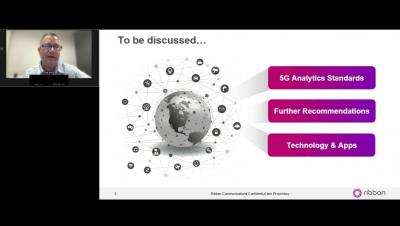Learn about CWDM vs DWDM
Meeting bandwidth capacity needs of customers is a crucial business objective for today’s providers. While both coarse wavelength-division multiplexing (CWDM) and dense wavelength-division multiplexing (DWDM) are modern forms of wavelength-division multiplexing (WDM) that effectively solve those increasing bandwidth needs by upgrading the utilization of new and existing fiber, they are each designed to tackle different network challenges.






